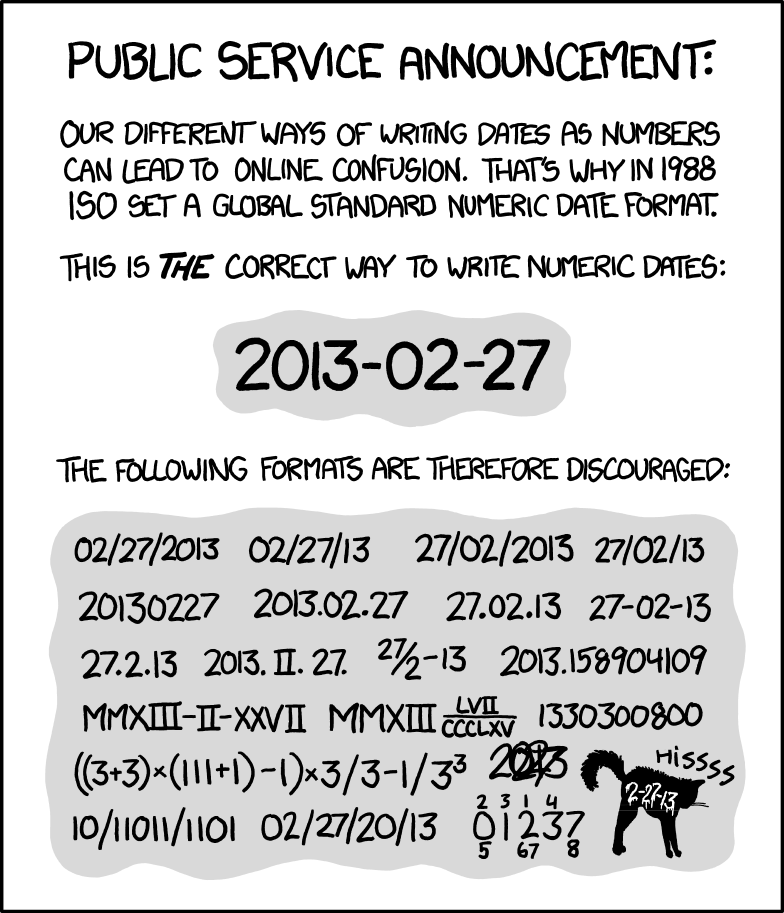

Think about it, do you really want to have X11 going forward the next decades?
If the alternative is a new system that literally does nothing? Sure!
Want to present a menu for windows? Wayland: “lol, do it yourself”.
Want to position a window? Wayland: “lol, do it yourself”.
Want to remember that a window has a position? Wayland: “lol, do it yourself”.
Want to add a global keyboard shortcut? Wayland: “AAAAHAHAHAHAHAHAHHAHAHAHAHAHAHA!”
X11 may be old and whatever you want, but it works and it’s battle-tested. Wayland can’t even launch a full desktop session in my machine, which is even less than the failure Pulseaudio was back in its day and that’s saying something. And even if it did somehow launch, I probably would not be able to use anything serious like a media player or multiple workspaces on it.











No problema.
Hicimos llorar y retirarse al tal “Messías”, we made him cry and retire. Dos veces. Lo humillamos y lo hicimos un meme. Podemos hacerlo de nuevo. Yes we can.
Mentira. Aposté Chile 0-4 Argentina en la oficina.